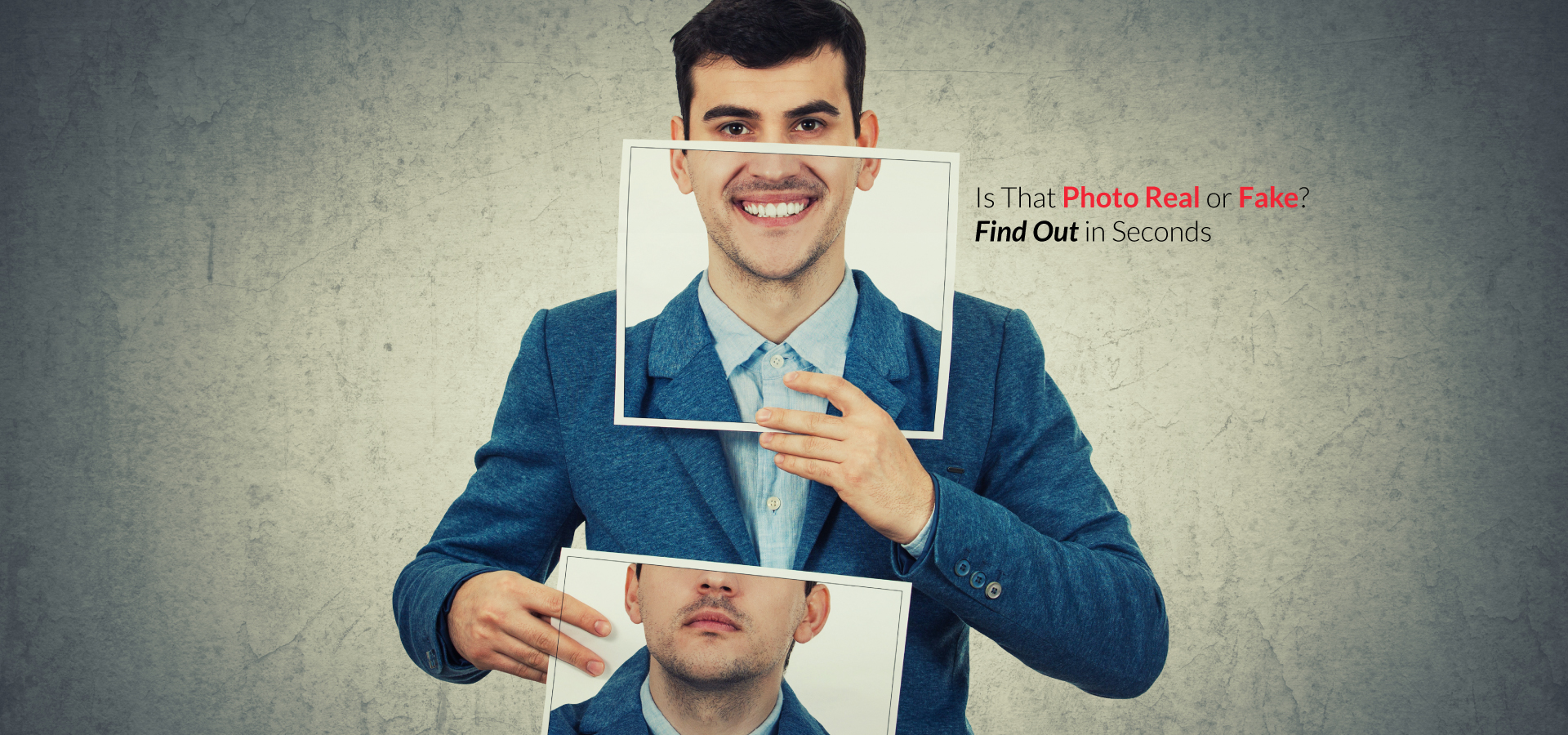Have you ever seen a photo online and wondered where it came from? Or did you want to know if someone had copied your picture without permission? That’s where Google Reverse Image Search comes in handy. But does it actually work? Let’s find out in simple terms.
What Is Reverse Image Search?
Usually, when you use Google, you type words to find what you’re looking for. A reverse image search works oppositely. Instead of typing, you give Google a picture, and it searches the internet to find that same picture or similar ones.
Think of it like showing a photo to a friend and asking, “Have you seen this before?” Google looks through billions of images on the internet to answer that question for you.
Does It Actually Work?
Yes, it works well! Google Reverse Image Search is surprisingly good at what it does. Millions of people use it every day, and it helps them find answers about images they’re curious about.
The tool is particularly effective at identifying exact image copies. If someone used your photo on their website or if you want to see where a picture appeared online, Google can usually track it down. It searches across websites, blogs, news sites, and numerous other internet locations, which is actually very useful for image SEO, as Google is increasingly focusing on visual search.
What Can You Do With It?
Google Reverse Image Search is useful for many everyday situations:
Find the origin of a photo: If you come across an interesting picture and want to know who took it or where it was first posted, a reverse image search can help you trace it back to its source.
Check if someone has stolen your photos: If you’re a photographer or someone who posts pictures online, you can check if others are using your images without permission.
Identify things you don’t know: Saw a cool product, but don’t know what it’s called? Upload the picture, and Google might tell you exactly what it is and where to buy it. This works for furniture, gadgets, clothing, and many other items.
Verify if the news is real: Sometimes fake news uses old photos and pretends they’re from recent events. Reverse image search helps you check if a photo is being used correctly or if someone is trying to fool you.
When Does It Struggle?
Google Reverse Image Search isn’t perfect. There are times when it doesn’t work as well as you’d hope.
If someone heavily edited a photo, such as changing the colors, adding filters, or cropping out parts, Google might no longer recognize it. The tool looks for visual matches so that significant changes can be confused with them.
Additionally, Google can only search for publicly available information on the internet. If a picture is in a private collection, behind a paid membership wall, or on a website that blocks Google search results, you won’t be able to find it.
New images may not appear immediately because Google needs time to index and catalog them. And sometimes, with very common or generic photos, such as a plain blue sky or a simple object, you might get too many results that aren’t helpful.
How to Use It Better
To get the best results, follow these tips:
- Use a clear and bright photo. Blurry or dark pictures don’t work well.
- If the first search doesn’t help, try a different version of the photograph, either the whole image or a cropped one.
- Try other tools, such as TinEye or Bing Image Search. Sometimes they find things Google misses.
Is It Worth Using?
Yes! Google Reverse Image Search is free, simple, and really useful, especially when you want to find or identify people in photos.
You can use it to:
- See where a person’s photo appears online
- Find profiles or websites connected to that image
- Learn more about someone’s public information through pictures
Google keeps improving the tool, making it smarter and more accurate every day.
So, next time you have a photo and want to know who it belongs to or where it originated, try using Google Reverse Image Search. It’s quick, easy, and can reveal a lot!





